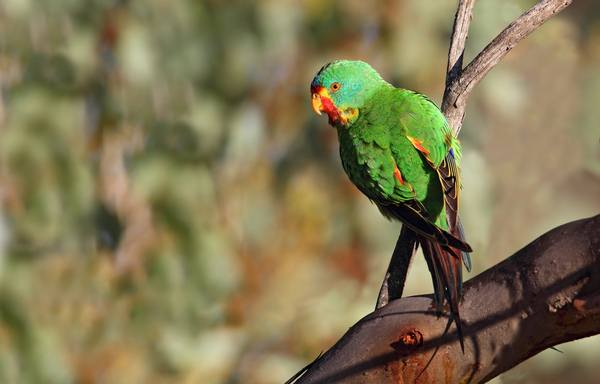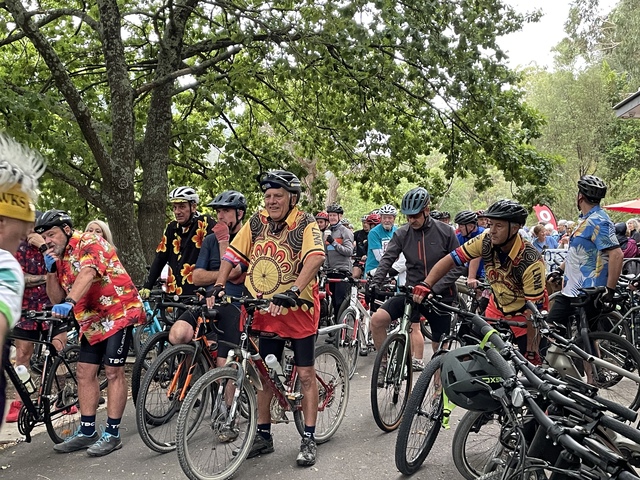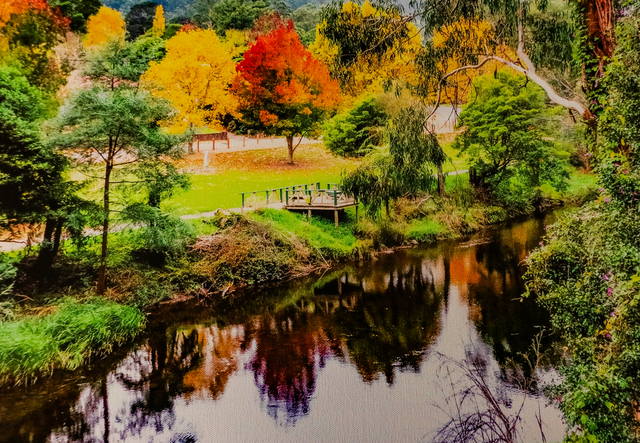Healesville Sanctuary will play a key role in a new plan to save threatened species from extinction.
Zoos Victoria released the Wildlife Conservation Master Plan on Thursday 27 June and Energy, Environment and Climate Change Minister Lily D’Ambrosio announced $3 million to kick start the five-year project.
The document highlights exactly what it will take to stop wildlife extinction.
It details the financial commitment, resources and collaboration required.
In a race against time, Zoos Victoria has added a further six local threatened native species on the brink of extinction to its priority list, and a further eight species to its watch list.
Combined community conservation and international wildlife projects will cost about $80 million.
Zoos Victoria CEO Dr Jenny Gray said the master plan was a sum of all the experience gathered in the 10 years since a team of zoo scientists recorded the sound of extinction – the final call of the last Christmas Island pipistrelle bat.
“This plan combines all of our conservation work with species both locally and globally,” she said.
“It brings together our expertise in animal science and social science, which we hope will continue to inspire the community to commit to wildlife-friendly behaviours.”
Dr Gray said there had been many successes worth celebrating but the next five years were critical.
“Habitat loss and climate change are two of the most pressing threats affecting wildlife globally,” she said.
“Even the loss of one species to extinction could throw the entire ecosystem out of balance and have catastrophic flow-on effects.
“In the past five years, working together, we have truly made a difference for local and international species – from cracking the code of breeding the critically endangered baw baw frog, to celebrating the first ever zoo birth of a guthega skink, and nearing the threshold of recovery success for the eastern barred bandicoot on mainland Victoria.
“Imagine what we can do in the next five years.”
She said the plan was Zoos Victoria’s line in the sand.
“No local threatened native species will become extinct on our watch,” she said.







